In Canada, the labelling of prescription drugs is a highly regulated process. The government, through Health Canada, sets strict requirements for the information that must be provided on drug labels. These requirements are in place to promote patient safety and ensure that Canadians have access to accurate and useful information about their medications.
The Importance of Drug Labelling in Canada
Drug labelling is a critical component of healthcare in Canada. A drug label provides vital information to patients and healthcare providers about the medication, including what it is used for, how it should be taken, and any precautions that should be taken while using the drug. Additionally, labels can help patients make informed decisions about their health by providing information about the risks and benefits of a medication.
Ensuring Patient Safety
One of the primary goals of drug labelling in Canada is to ensure patient safety. The information provided on drug labels must be complete and accurate, so patients and healthcare providers can make informed decisions about the medication. This information includes any potential side-effects, interactions with other medications, and any precautions that should be taken while using the drug.
For example, a label might indicate that a medication should not be taken with certain foods or drinks, or that it should not be taken by patients with certain medical conditions. This information is critical to ensuring that patients do not experience adverse reactions or complications while taking the medication.
Facilitating Informed Decision-Making
Another critical function of drug labelling is to facilitate informed decision-making by healthcare providers and patients. When medication is prescribed, patients should be able to access accurate information to make decisions about whether or not to take the medication. By providing clear and concise information about the uses, dosages, and potential side effects of a medication, drug labels help patients make informed choices about their health.
For example, a label might indicate that a medication can cause drowsiness or dizziness, which might be important information for patients who operate heavy machinery or drive for a living. Alternatively, a label might indicate that a medication can interact with other medications, which might be important information for patients who are taking multiple medications for different conditions.
Compliance with Regulatory Standards
Drug labelling in Canada is also important to ensure compliance with regulatory standards. Health Canada sets strict requirements for the information that must be included on drug labels, and companies must adhere to these standards to get their products approved for sale in Canada. Failure to comply with these regulations can result in significant fines and legal consequences.
For example, if a company fails to include accurate information about potential side effects or interactions with other medications on a drug label, they could face fines or legal action from Health Canada. Additionally, if patients are harmed as a result of incomplete or inaccurate information on a drug label, the company could face legal action from patients or their families.
In conclusion, drug labelling is a critical component of healthcare in Canada. It helps to ensure patient safety, facilitate informed decision-making, and ensure compliance with regulatory standards. By providing accurate and complete information about medications, drug labels play a vital role in promoting the health and well-being of Canadians.
Overview of Health Canada’s Drug Labelling Regulations
Health Canada’s drug labelling regulations are designed to ensure that Canadians have access to accurate and up-to-date information about their medications. There are several key components that drug companies must include on their product labels to comply with these regulations.
One important aspect of drug labelling regulations is the requirement for drug manufacturers to provide accurate and complete information about their products. This includes information about the intended use of the drug, as well as any potential side effects that patients may experience. By providing this information, patients are able to make informed decisions about their healthcare and can better understand the risks and benefits associated with their medications.
The Food and Drugs Act
The Food and Drugs Act is a federal law in Canada that sets out the regulations governing the sale and use of drugs. It requires drug manufacturers to provide accurate and complete information about their products, including their intended use and potential side effects.
In addition to providing accurate information about their products, drug manufacturers are also required to comply with strict safety standards. This includes conducting clinical trials to ensure that their drugs are safe and effective, and reporting any adverse events or side effects that are associated with their products.
The Food and Drug Regulations
The Food and Drug Regulations are a set of regulations that provide detailed information about the labelling requirements for prescription drugs in Canada. These regulations outline specific information that must be included on a drug label, such as the product monograph, brand and generic names, dosage and administration information, and warnings and precautions.
Drug manufacturers must also ensure that their labels are clear and easy to read, and that they use plain language that is easily understood by patients. This is particularly important for patients who may have limited health literacy or who may not speak English as their first language.
The Plain Language Labelling Initiative
The Plain Language Labelling Initiative is a recent regulatory change that requires drug companies to make drug labels easier to understand. It aims to improve patient safety by making it easier for patients to understand the information provided on drug labels.
Under this initiative, drug manufacturers are required to use plain language and clear formatting on their labels, and to include information about the most important risks and benefits associated with their products. This includes information about common side effects, as well as any special precautions that patients should take when using the drug.
Overall, Health Canada’s drug labelling regulations play a critical role in ensuring that Canadians have access to accurate and up-to-date information about their medications. By providing clear and comprehensive information about drugs, patients are able to make informed decisions about their healthcare and can better manage their health conditions.
Key Components of Drug Labels in Canada
Health Canada’s regulations require drug companies to include several key components on their product labels. These components provide valuable information to patients and healthcare providers about the medication.
Product Monograph
The product monograph is a document that provides detailed information about the medication, including its uses, how it works, and any potential side effects. It is the most comprehensive source of information about the medication and forms the basis of the information provided on the label.
Brand and Generic Names
Drug labels in Canada must include both the brand name and generic name of the medication. The brand name is the name given to the medication by the manufacturer, while the generic name is the name of the active ingredient in the medication.
Dosage and Administration Information
Drug labels must provide information about the recommended dosage of the medication, how it should be taken, and how often it should be taken. This information can ensure that patients take the medication correctly, and healthcare providers can make informed decisions about prescribing the medication.
Storage and Handling Instructions
Drug labels must also include information about how the medication should be stored and how it should be handled. This information can help ensure the medication remains effective and safe for the patient.
Warnings and Precautions
Perhaps the most critical component of a drug label is the warnings and precautions section. This section provides important information about any potential side effects of the medication, as well as any precautions that should be taken while using the drug. This information is vital to ensure patient safety.
The Drug Labelling Process in Canada
The drug labelling process in Canada involves several steps that ensure that the medication is safe and effective for patient use.
Pre-market Review and Approval
Prior to being approved for sale in Canada, all drugs must undergo a rigorous pre-market review process. This involves evaluating the safety and efficacy of the medication, as well as its labelling and packaging. Health Canada reviews all drug labels to ensure they comply with the regulations set out in the Food and Drug Act and the Food and Drug Regulations.
Post-market Monitoring and Updates
Once a drug is approved for sale in Canada, Health Canada continues to monitor its safety and efficacy. This can include reviewing adverse event reports, conducting studies on the medication, and updating the medication’s labelling as needed to ensure the most up-to-date information is available to patients and healthcare providers.
Labelling Compliance and Enforcement
Drug companies are responsible for complying with Health Canada’s labelling regulations. If a company fails to comply with these regulations, it can face significant fines and legal consequences. Health Canada is responsible for enforcing these regulations, and it has the authority to order the recall of any medication that does not meet its safety and labelling requirements.
Conclusion
Understanding Health Canada’s drug labelling requirements is critical for ensuring patient safety and promoting informed decision-making. Drug labels provide essential information to patients and healthcare providers about the risks and benefits of a medication. With Health Canada’s strict regulations in place, Canadians can be confident that their prescription medications provide accurate and useful information to help them make informed decisions about their health.



